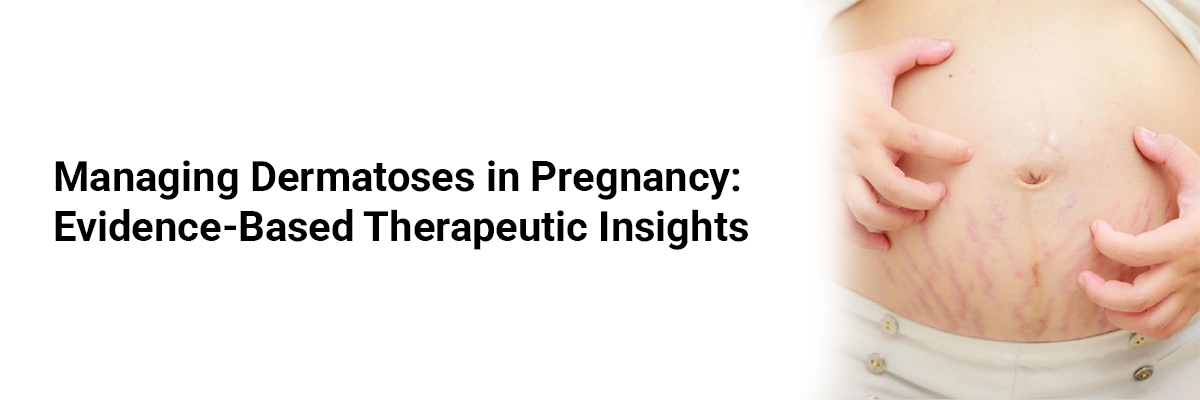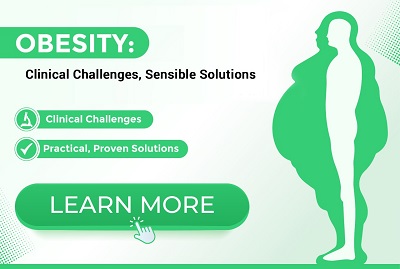
Managing Dermatoses in Pregnancy: Evidence-Based Therapeutic Insights
Atopic
Eruption of Pregnancy (AEP) is the most frequent pregnancy-specific dermatosis,
typically affecting women with a personal or family history of atopy. It
manifests during the first or second trimester with eczematous or pruritic
lesions, often on the face, palms, or soles. Management starts with topical
therapies such as urea or menthol-based agents to relieve itching and safe
antihistamines like chlorpheniramine or loratadine. Topical corticosteroids,
including medium to high-potency options (avoiding fluticasone), may be used
cautiously. For moderate to severe cases, short-term oral corticosteroids
(e.g., prednisone 0.5 mg/kg/day for 2–3 weeks) are effective. Ultraviolet
therapies (UVB, UVA-1) may also offer symptom control. Systemic agents like
cyclosporine A and azathioprine can be considered if the maternal benefit
outweighs fetal risk, while drugs such as methotrexate and JAK inhibitors
remain contraindicated.
Polymorphic
Eruption of Pregnancy (PEP), also referred to as pruritic urticarial papules
and plaques of pregnancy, is the second most common gestational dermatosis.
Typically arising in the third trimester of first pregnancies or in multiple gestations,
PEP presents with intensely pruritic papules and plaques originating on
abdominal striae. These lesions may extend to the limbs but usually spare the
face, palms, and mucosa. Treatment involves oral antihistamines and mid-potency
topical corticosteroids like triamcinolone 0.1%. In more symptomatic cases,
systemic corticosteroids (prednisolone 0.5 mg/kg/day) can be administered with
a short tapering course.
Pemphigoid
Gestationis (PG) is a rare autoimmune blistering disorder, often presenting in
the latter half of pregnancy with urticarial plaques that evolve into tense
bullae, typically starting around the umbilicus. It is associated with
HLA-DR3/DR4 and may flare postpartum. Topical corticosteroids such as
fluocinonide or clobetasol 0.05% and oral antihistamines like loratadine form
the first-line therapy. In cases of extensive involvement, systemic
corticosteroids are necessary. For severe or refractory cases, additional
options may include azathioprine, dapsone, intravenous immunoglobulin, or
rituximab. Fetal monitoring is advised due to risks like preterm delivery or
neonatal blistering.
Source:
Garg, R., Agarwal, P., Singh, S. K., Gupta, P., Sahoo, L. N., Kundalia, A.,
& Sharma, S. (2025). Dermatoses during Pregnancy. Journal of South Asian
Federation of Obstetrics and Gynaecology, 17(2), 259–263. https://doi.org/10.5005/jp-journals-10006-2658














Please login to comment on this article